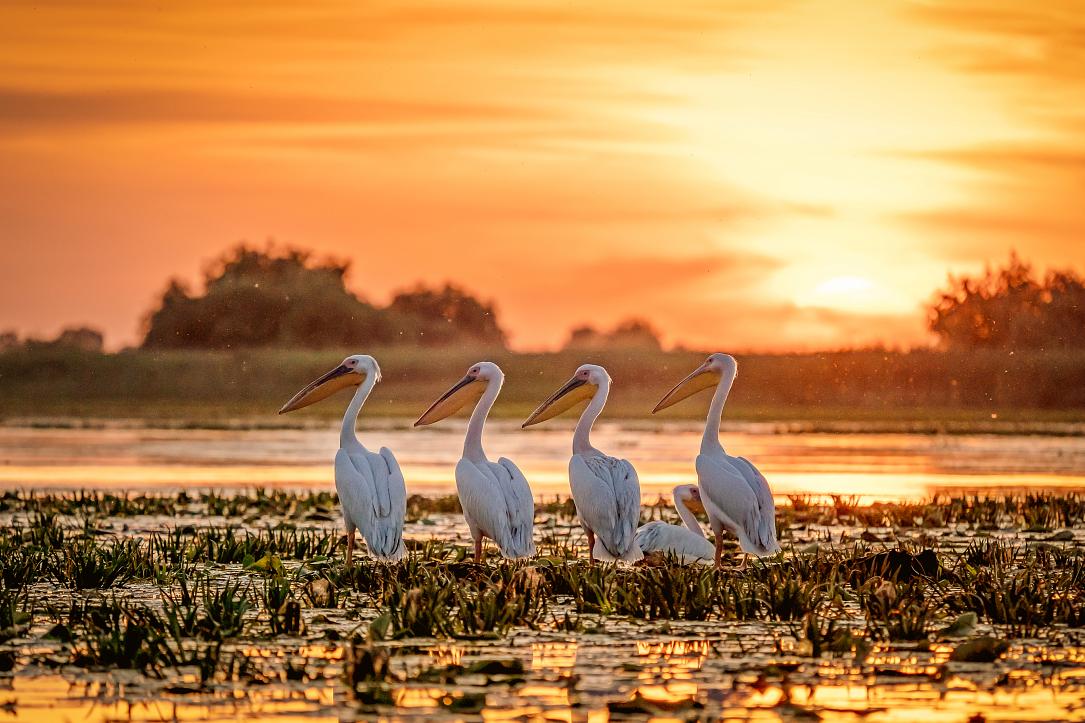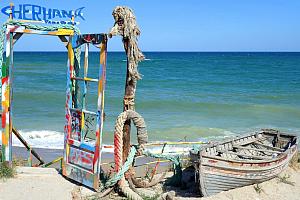Romania Photo of the Day by Dreamstime: The pelicans of the Danube Delta

The Romania Photo of the Day created in partnership with stock photo provider Dreamstime aims to highlight the best of Romania. From stunning landscapes and popular tourist destinations and landmarks to people, traditions and food, this series helps you discover Romania one photo at a time. This week, we put the focus on the Danube Delta and Danube landscapes.
The pelicans of the Danube Delta are one of the many fascinating species of wildlife living here. (Photo source - click on the number to get to the original file: 119312400 © Calin Stan | Dreamstime.com).
Flowing into the Black Sea through three main arms named Chilia, Sulina and Sfântu Gheorghe, the Danube becomes an estuary in the place where they meet, made up of waterways and lakes, floating reed islands, forests, grasslands and sand dunes.
Its 4,180 km2 are home to over 1,830 species of trees and plants, 2,440 species of insects, 341 species of birds, 136 species of fish, 91 species of moths, 44 species of mammals, 11 species of reptiles, and 10 species of amphibians, according to infodelta.ro.
Pelicans are one of the delta’s main tourist attractions, as Romania is one of the few countries in Europe where both European pelican species, the common pelican (Pelecanus onocrotalus) and the crested pelican (Pelecanus crispus) are found.
In fact, the Danube Delta is home to the largest common pelican colony in Europe, numbering around 19 000 individuals, which has enjoyed a protected status since 1940 and was added to the world list of biosphere reserves in 1970, according to the Danube Delta Biosphere Reserve Administration.
The pelicans arrive in early March and begin the mating season, hatching in colonies on land formations in hard-to-reach areas of the Delta. Incubation lasts over a month, and is carried out by both partners, who take turns protecting the eggs.
Over the winter, the Romanian Ornithological Society explains that the birds migrate to warmer lands. The crested pelican is a short-distance migrant, wintering on the Balkan Peninsula, while the common pelican migrates longer distances, spending the winter in northern Egypt in the Nile Delta.
If the winter is mild, and the water does not freeze over, they will sometimes remain in the Danube Delta.













